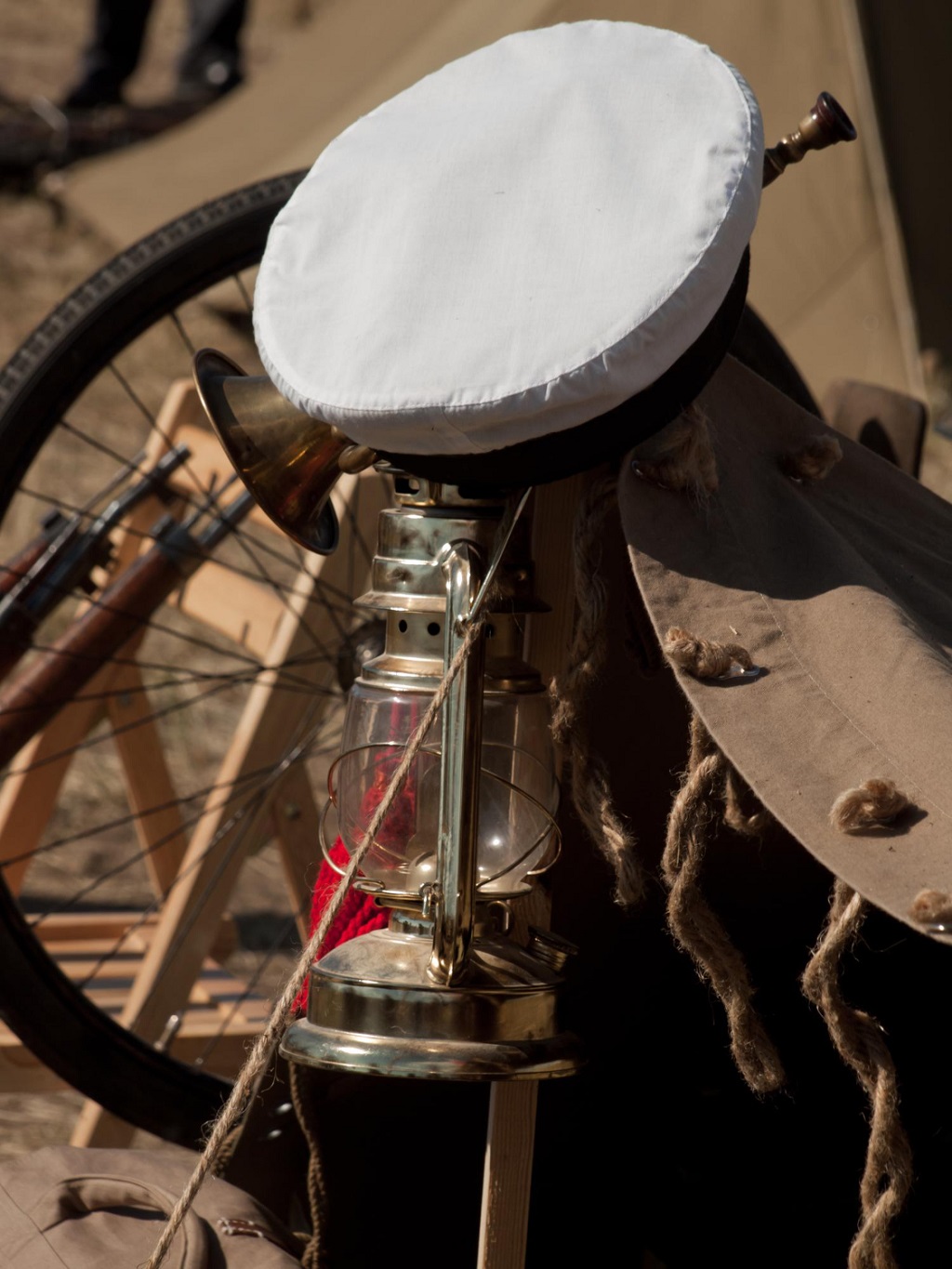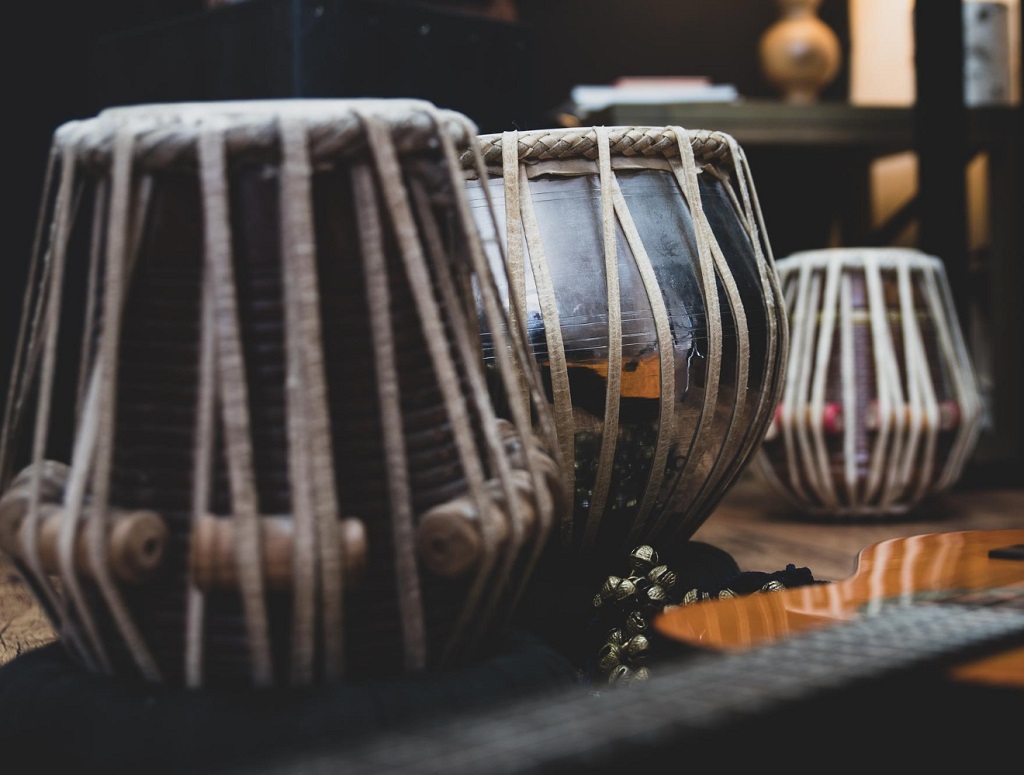The origins of drums can be traced back thousands of years, making them one of the oldest known musical instruments. The exact moment of their invention remains uncertain, as drums were likely developed independently by various ancient cultures across the globe. Archaeological evidence suggests that drum-like instruments were present in Mesopotamia as early as 6000 BCE, where they were used during religious ceremonies and rituals. Similarly, ancient Egyptian artifacts depict scenes of musicians playing drums, indicating their existence in the Nile Valley around 3000 BCE. In East Asia, the Chinese were also known to have developed drums around 5500 BCE, incorporating them into their traditional music and military practices. Native American tribes crafted drums using animal hides and wood, employing them for communication, storytelling, and ceremonial purposes. In Africa, evidence of drumming can be found in ancient rock paintings and cave engravings, suggesting that drums have been integral to African cultures for thousands of years. The evolution of drums continued throughout history, with different civilizations adding their unique touch to these percussive instruments. From the tribal drums of indigenous peoples to the military snare drums of Europe, drums have played a crucial role in human expression and communication. Today, drums come in various shapes and sizes, from the towering Japanese taiko drums to the compact djembe drums of West Africa. As a testament to their enduring appeal, drums remain a fundamental component of musical genres worldwide, including rock, jazz, reggae, and many others. Whether played for entertainment, cultural traditions, or as part of a spiritual ritual, the invention of drums has left an indelible mark on the tapestry of human history, enriching our lives with their powerful beats and rhythmic resonance.

Who Invented the Drum?
Drums have been an integral part of human civilization for centuries, serving as a means of communication, celebration, and rhythm. The origins of the drum are shrouded in the mists of time, making it challenging to attribute the invention to a specific individual. However, ancient civilizations across the globe, from Africa to Asia, have left behind evidence of early drum-like instruments. The Sumerians, who inhabited Mesopotamia around 3000 BCE, are often credited with inventing the drum. Archaeological findings suggest that they used cylindrical and frame drums, made from materials such as animal skins and wood, in religious ceremonies and military contexts. Similarly, ancient African cultures, such as the Egyptians and the Yoruba people of Nigeria, also developed various types of drums, incorporating them into their cultural practices and rituals. The drum, therefore, can be seen as a product of human ingenuity and creativity, emerging independently in different regions of the world as a response to the universal human desire for rhythmic expression.
A Brief History of Drums Around the World
Drums have been an integral part of human culture for centuries, with their origins dating back to ancient civilizations. The history of drums around the world is rich and diverse, reflecting the unique musical traditions and customs of different cultures. In Africa, the birthplace of rhythm, drums have played a central role in various aspects of life. From communicating messages across long distances to accompanying religious ceremonies and social gatherings, African drums have been a means of expression and connection. The djembe, a popular West African drum, is known for its versatile and vibrant sound, making it a staple in traditional music. Moving across the globe to Asia, the taiko drums of Japan have a history that dates back over a thousand years. Originally used as military instruments, taiko drums evolved into a form of art, played in festivals and theatrical performances. The thunderous beats of these drums resonate deep within the listener, creating a powerful and captivating experience. In the Middle East, the doumbek, also known as the darbuka, has been a prominent instrument since ancient times. Used in traditional folk music and belly dancing, the doumbek’s mesmerizing rhythms add a unique flavor to the region’s musical landscape. Journeying to Latin America, we encounter the intoxicating sounds of the conga drums. Originating from Africa and brought to the Americas during the era of slavery, the conga drums found their place in Afro-Cuban music, giving birth to genres like salsa and rumba. The infectious beats of the congas have since spread throughout the region, becoming a fundamental component of Latin American music. As we venture to Oceania, we discover the powerful and symbolic presence of the Polynesian drums. Used in rituals, ceremonies, and celebrations, these drums create a sense of unity and reverence among the island communities. Their rhythmic patterns and intricate designs reflect the deep cultural significance of the instrument. Finally, we return to Europe, where drums have played a role in various musical genres throughout history. From the military drums of the Renaissance era to the rock and roll drum kits of the 20th century, drums have evolved and adapted to the changing musical landscape. The invention of the modern drum set in the United States during the late 19th century revolutionized the way drums were played, allowing for greater versatility and expression. Today, drums continue to evolve, with electronic drum kits and digital percussion instruments pushing the boundaries of what is possible. The history of drums around the world is a testament to the universal power of rhythm and the enduring presence of this instrument in human culture. From Africa to Asia, the Middle East to Latin America, and Oceania to Europe, drums have united communities, expressed emotions, and created a language that transcends borders. As we explore the diverse traditions and techniques associated with drums, we gain a deeper appreciation for the beauty and significance of this instrument in shaping the musical tapestry of our world.


